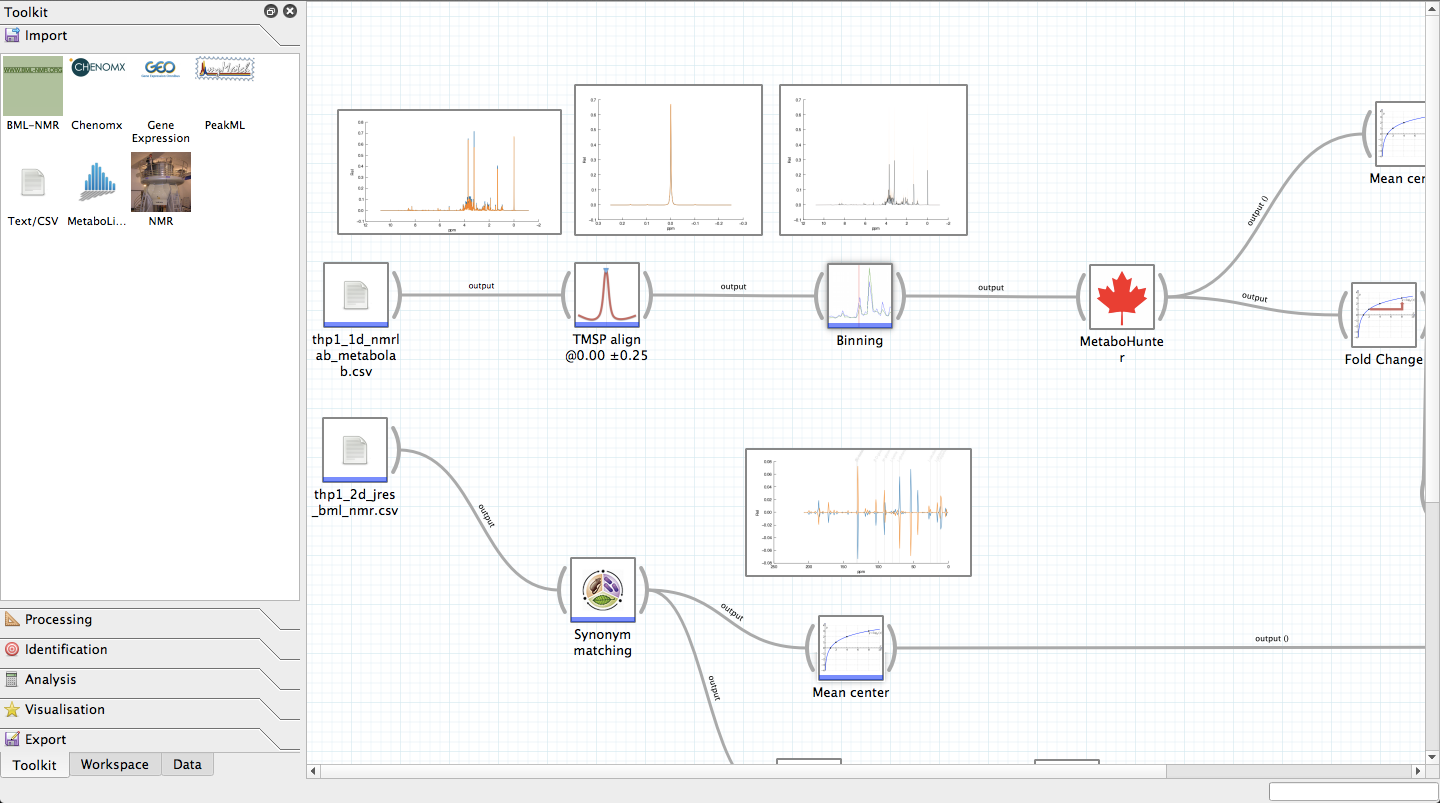tigreBrowser is a gene expression model browser for results from tigre R package (http://www.bioconductor.org/packages/release/bioc/html/tigre.html).
Installation:
tigreBrowser requires Python version >=2.5. tigreBrowser can be installed with the following command:
python setup.py install
For more information about installing python modules (for example, installing without root permissions for the current user only), see http://docs.python.org/install/
Starting server
The web server included in tigreBrowser must be running in order to use the actual result browser.
You will need a database file generated by the tigre R package (http://www.bioconductor.org/packages/release/bioc/html/tigre.html). This package contains a test database file 'database.sqlite' which can be used to test tigreBrowser. The test database was generated using the instructions and example data included in tigre package.
Execute tigreServer.py to start the graphical user interface of the server. In order to start the result browser, one must first select a database file of which results will be shown. This can be accomplished by selecting 'Open database file' and choosing a database file. The database file must not have write permissions. The server can then be started by clicking 'Start server'. When clicked, a label appears below the buttons to show the URL of the result browser.
The result browser is now accessible in that URL using a regular web browser. Instructions on using the browser are in the next section of this manual. The browser is available until the server is stopped with the 'Stop server' button.
tigreServer.py can also be used with a command-line interface. Start the script with '--help' option for more details.
Using the browser
Dataset selection
The dataset selection determines which results will be visible in the results listing and in which order. The experiment set selection is used to select the set of experiments. Only results from these experiments will be shown in the listing.
Next in the dataset selection is the selection of transcription factor (TF) or target set, depending on whether the result browser is set to Target ranking mode or regulator ranking mode (see installation). In target ranking mode, the TF selection is available and the results listing contains results for different targets with the given TF. In regulator ranking mode, the target set is selected and the listing will show results for different regulators.
As the number of results can be high, the results might be divided into multiple pages. "Number of genes per page" selection can be used to adjust the number of showed results. It can be useful to decrease the number of results if the page loads slowly due to huge number of images.
Finally, the order in which the results are showed can be altered with the "Sort by" selection. The results will be sorted descendingly by the given criterion.
Filtering
Results can be filtered by different criteria. One can, for example, show only results for genes that have z-score higher than a certain threshold.
It is possible to combine multiple criteria when filtering. "[+]" link can be used to add another criterion. A criterion can be likewise removed using "[-]" link (not showed when there is only one criterion). When multiple criteria are used, a gene result must meet all the criteria to be showed in the listing.
Filtering is activated using "Apply filters" checkbox.
Highlighting
If genes in the database contain supplementary data, results can be highlighted using that data. The available highlighting options are showed with the colors associated to those options.
The highlighting works by showing colored boxes below the probe names in the result listing for genes which have supplementary data that matches the selection.
Search
It is possible to search results for the given genes. The search works by typing comma separated list of gene or probe names to the search box. Gene aliases can also be used as a search entry.
Displaying results
The results for the given selection of dataset, filters, highlights and search will be showed when "Send" button is clicked. The database will then be queried for results which match the given selection. "Reset" button can be used to clear all selections and textfields.
The results listing contains multiple columns. In the first column a probe name is displayed with a GENENAME associated with the probe. Next to the gene name, is the gene expression figure if one is defined in the database. The following column contains the actual results for genes. Any supplementary data is also displayed here. Experiment figures will be displayed alongside the result values.
Finally, experiment parameters, if inserted into the database, will be displayed as a table next to the figures.
Requirements:
- Python


Comments not found